When ABB, backed by decades of mastery in industrial robotics, got inspired by Ditroit’s visionary experiential project, a spark was lit, one that turned the collaboration into something compelling and meaningful. What made this R&D venture truly remarkable was how effortlessly the co-bot transcended its usual industrial role, assuming an unexpected artistic presence — no longer a traditional instrument of production, but the true protagonist of a live performance with its audience.
ABB + Ditroit
ISAAK
ISAAK
An interactive installation that investigates the mutual relationship between humans and robotics, seamlessly connecting art and technology.
During the 2025 Design Week, our street-facing gallery, Dream, welcomed the public with ISAAK, an interactive project where ABB’s cutting-edge automation technology took on a higher, more poetic dimension through Ditroit’s vision. The work encourages reflection on how machines, through their capacity to analyze and translate data, can become not only supportive tools but also creative partners, merging seamlessly into the human flow of imagination and expression.
Through an algorithm-driven robotic arm, the installation produces an analog portrait of each participant in real time. Yet the drawing is not a straightforward depiction of reality: it is the outcome of an interpretative process. Like a human artist, ISAAK reshapes what the camera perceives, employing an abstract visual language. The result is not a simple technical copy but a fusion of human creativity and machine analysis, transforming raw data into expressive marks.
Machines excel at coding, high-speed calculation, and managing probabilities. But they can also extend our abilities to reason and to create. The synergy between humans and machines lies here: humans bring intuition and direction, while the machine develops, explores, and materializes ideas through its analytical power.
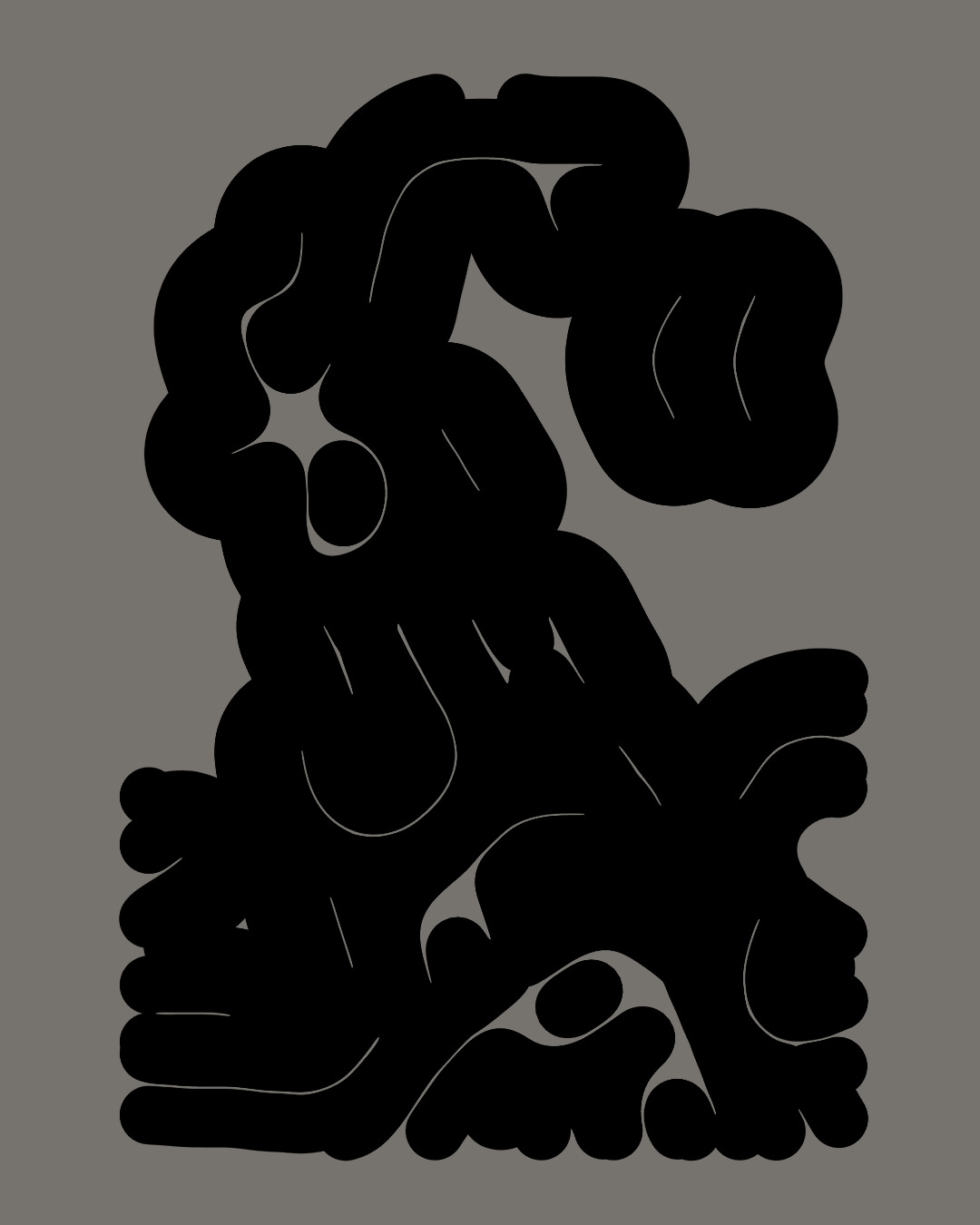
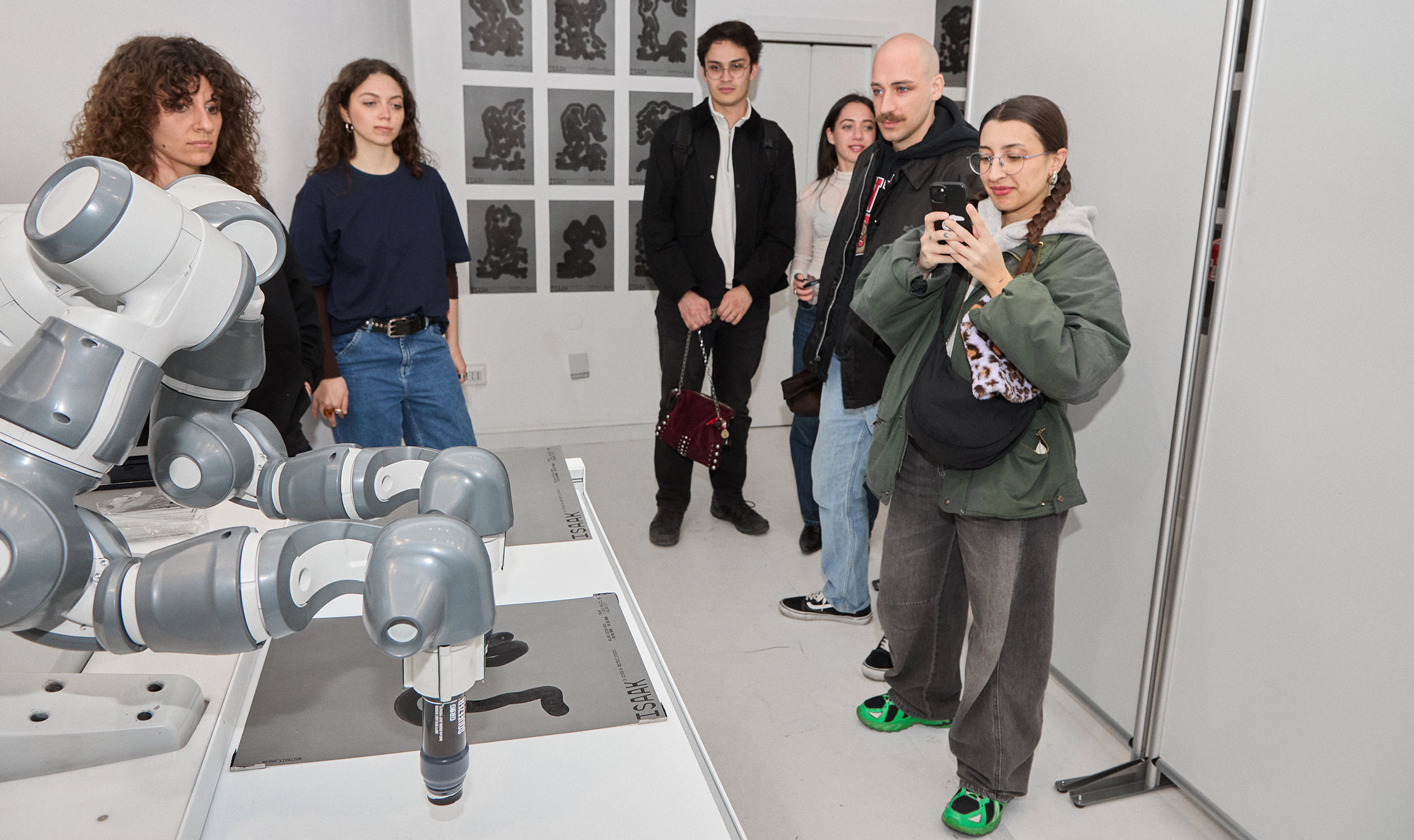
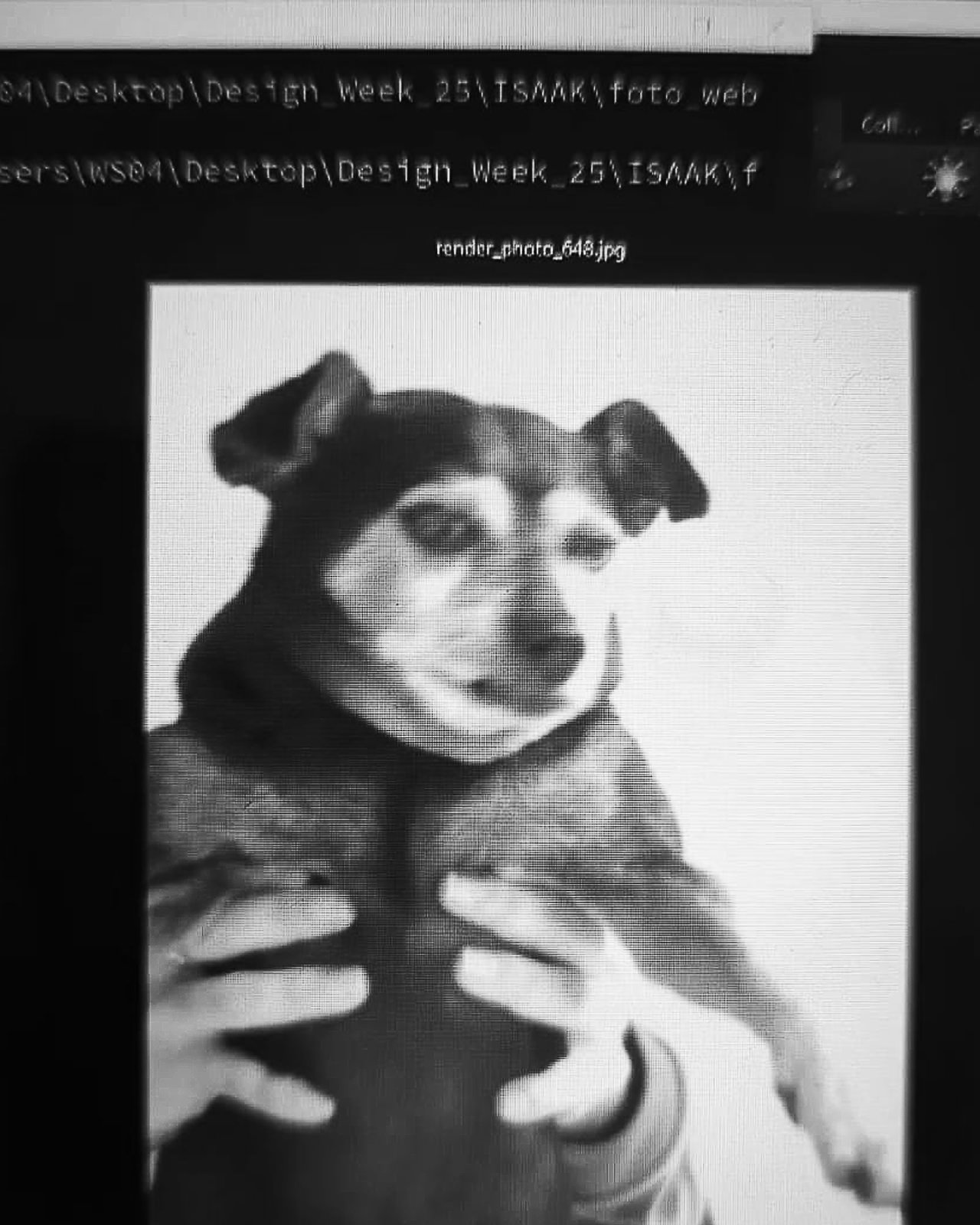
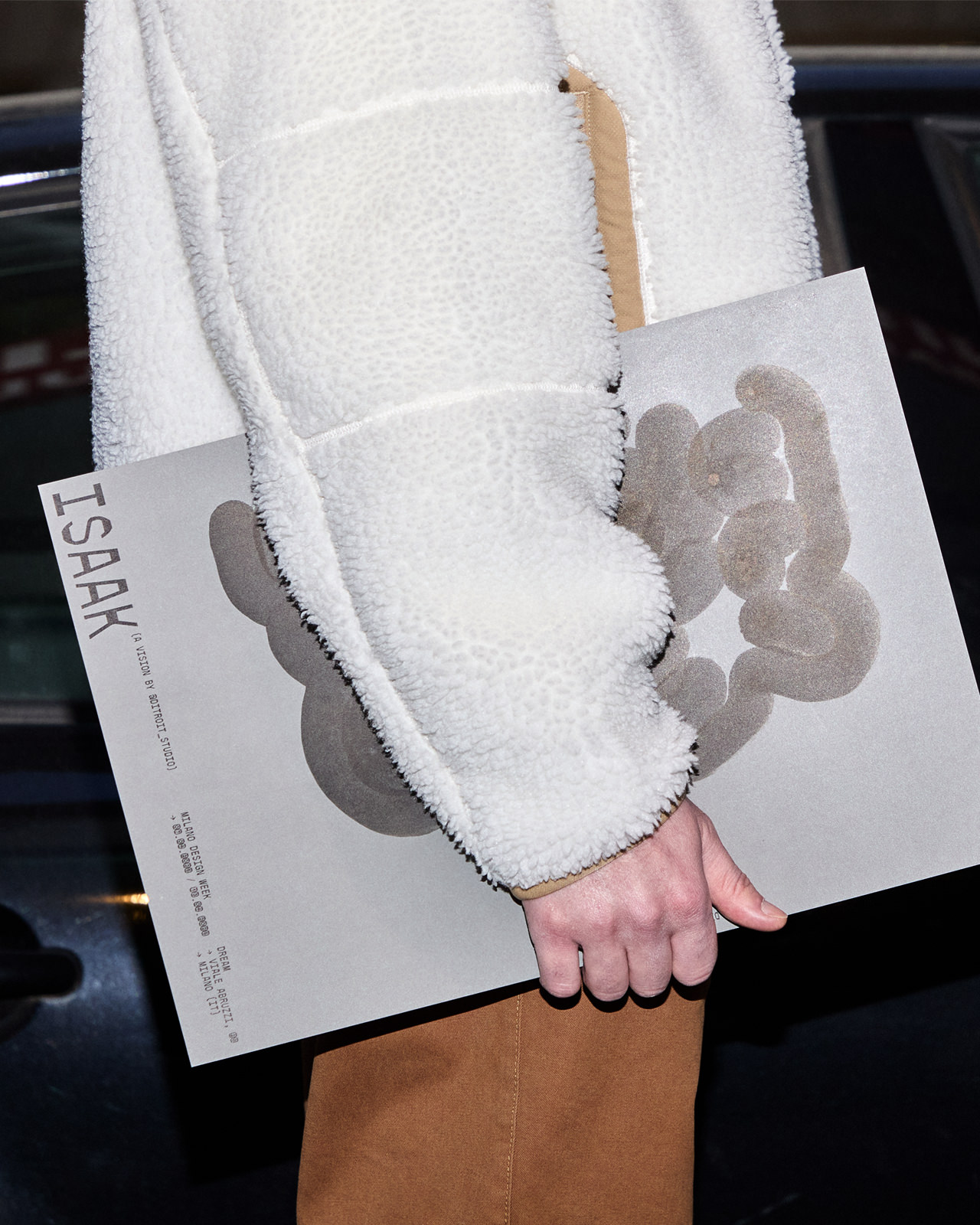
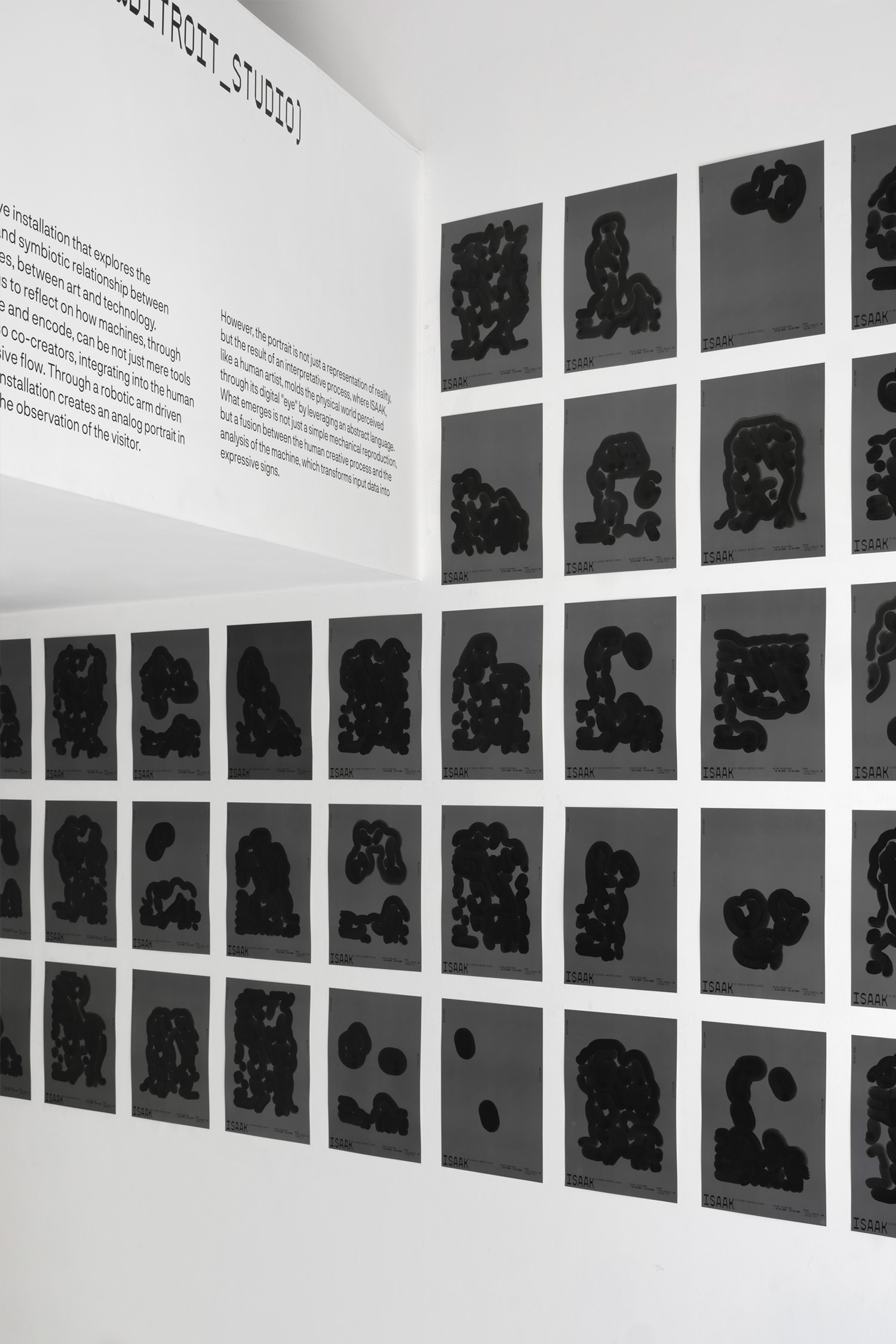
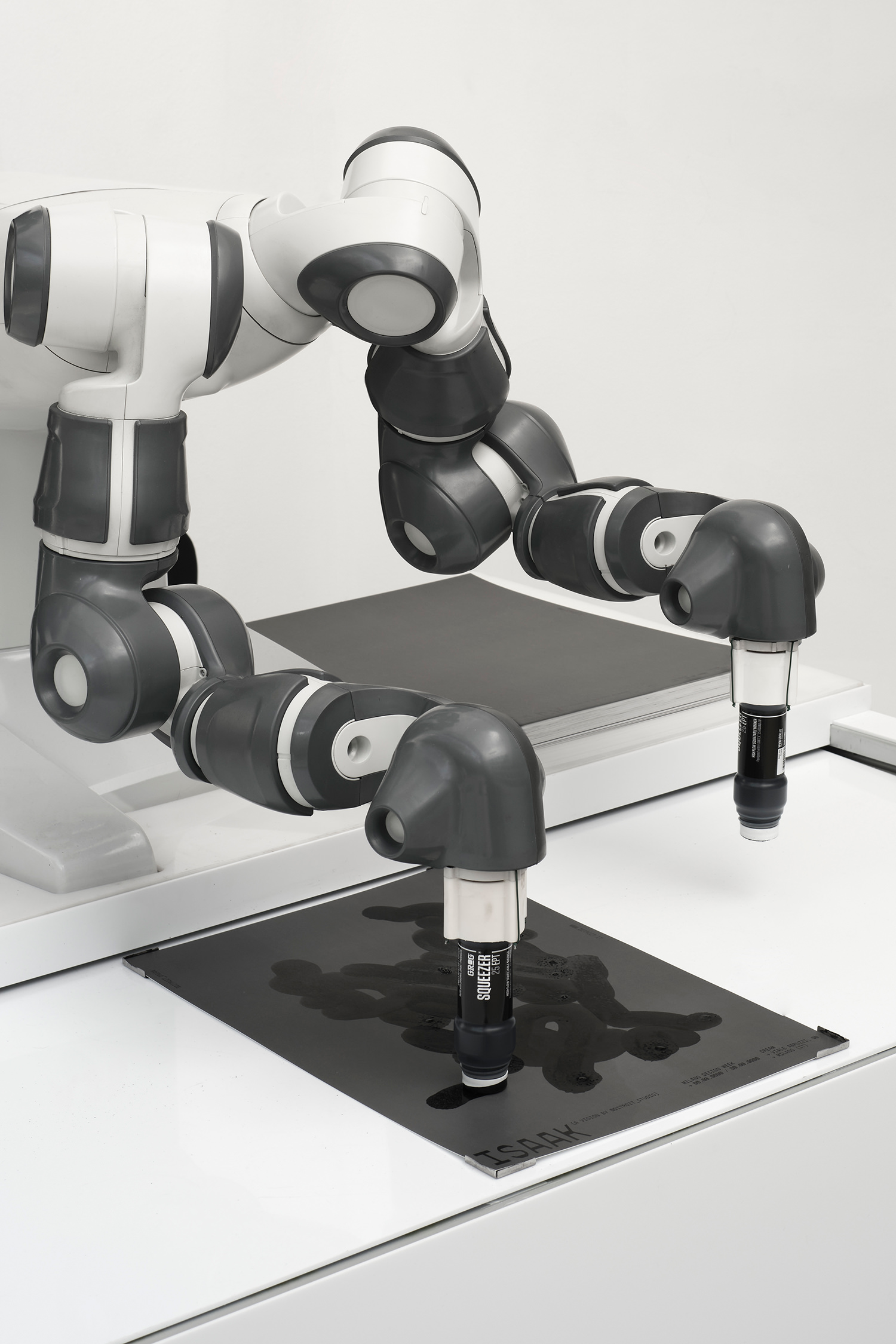
Controlled in real time by an algorithm, a small and agile co-robot draws visitors’ portraits on paper, interpreting them with its own expressive character.
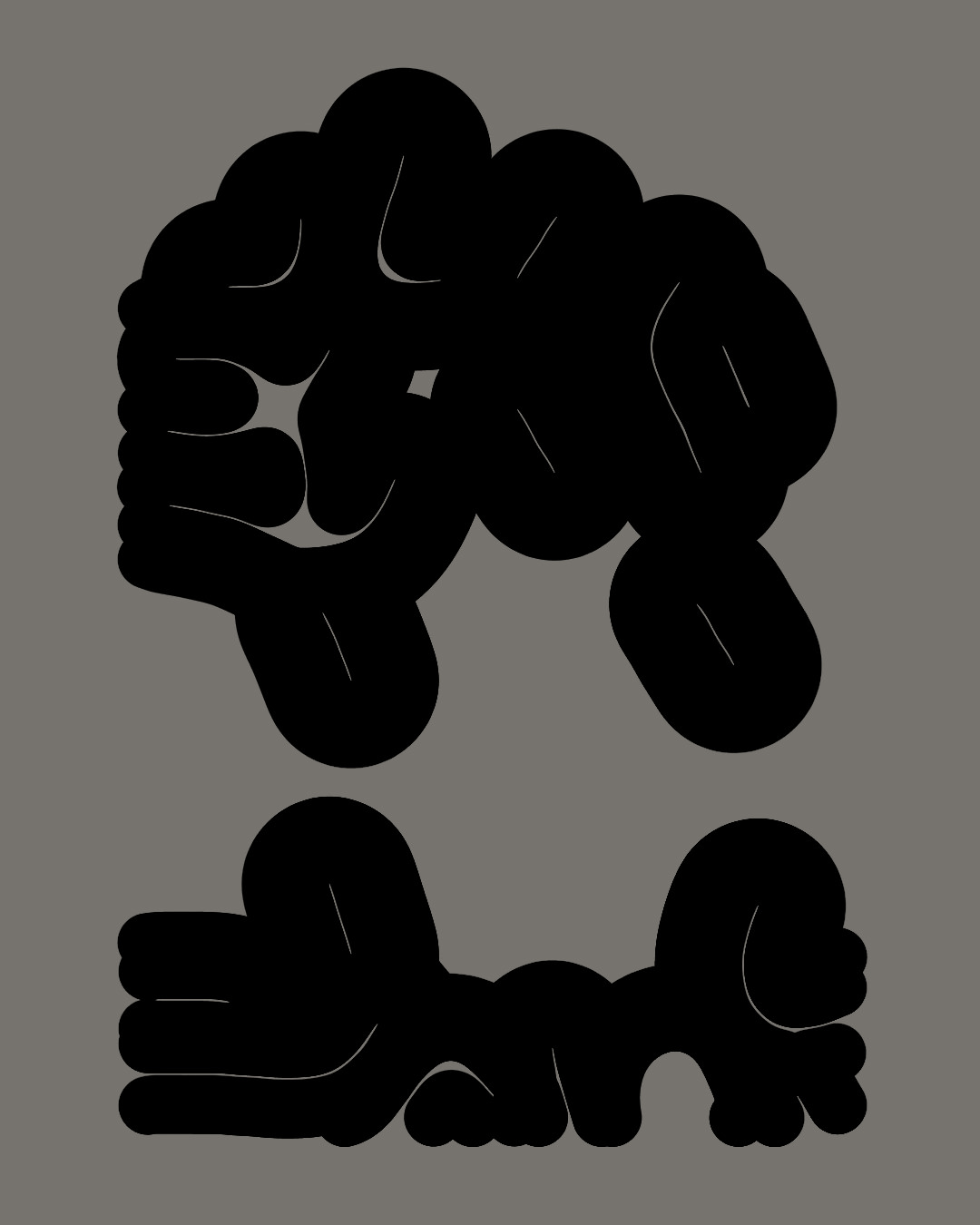
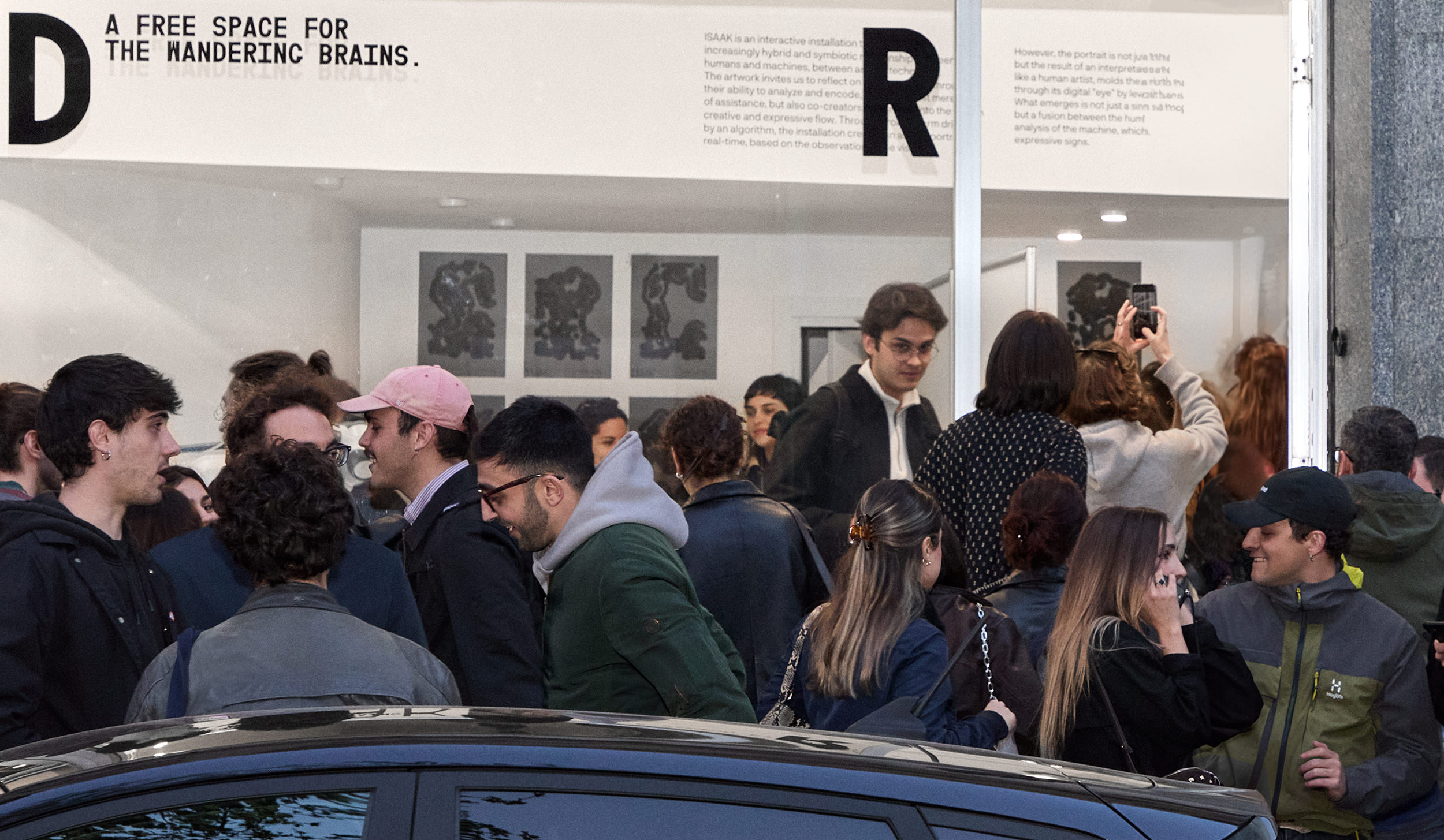
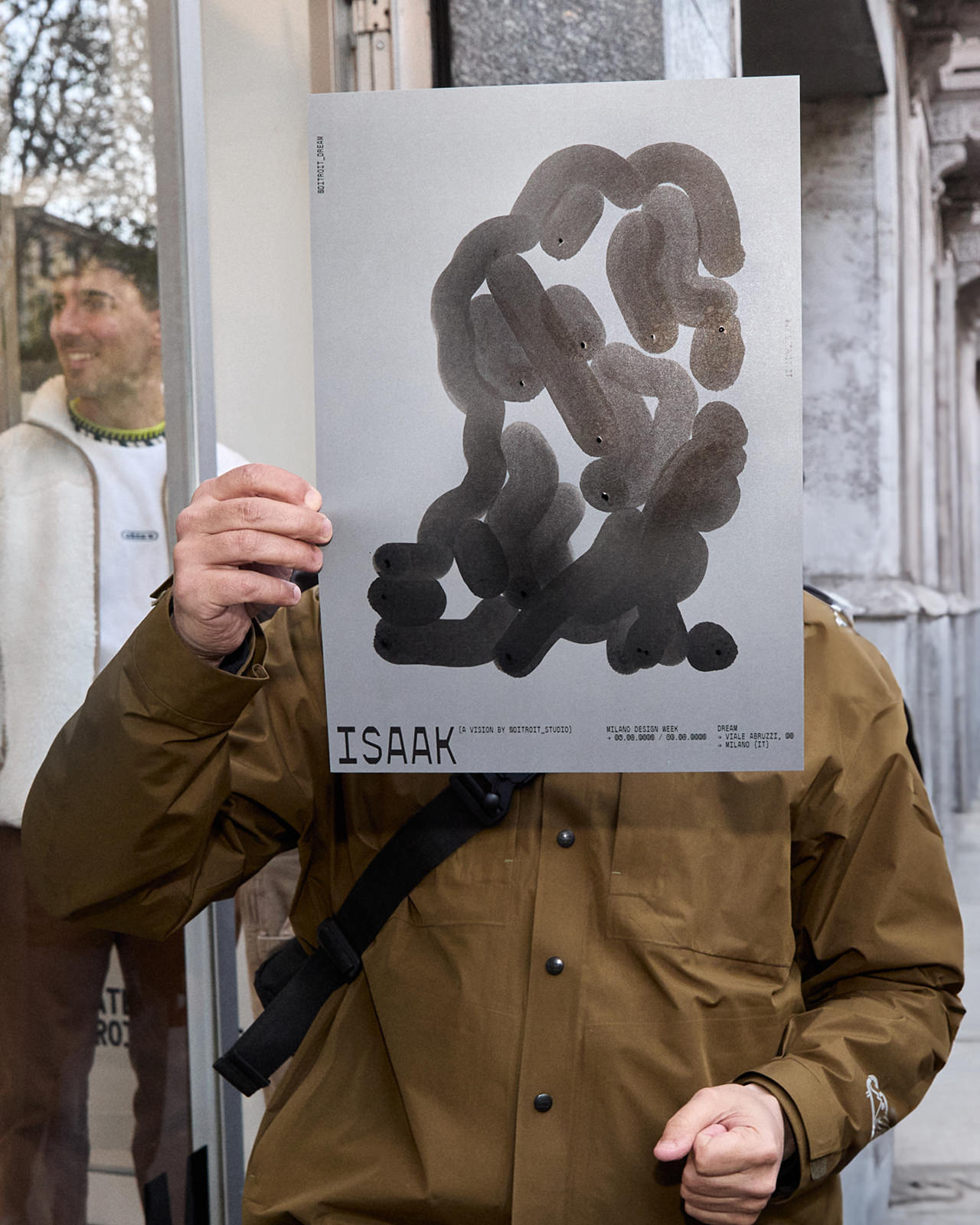
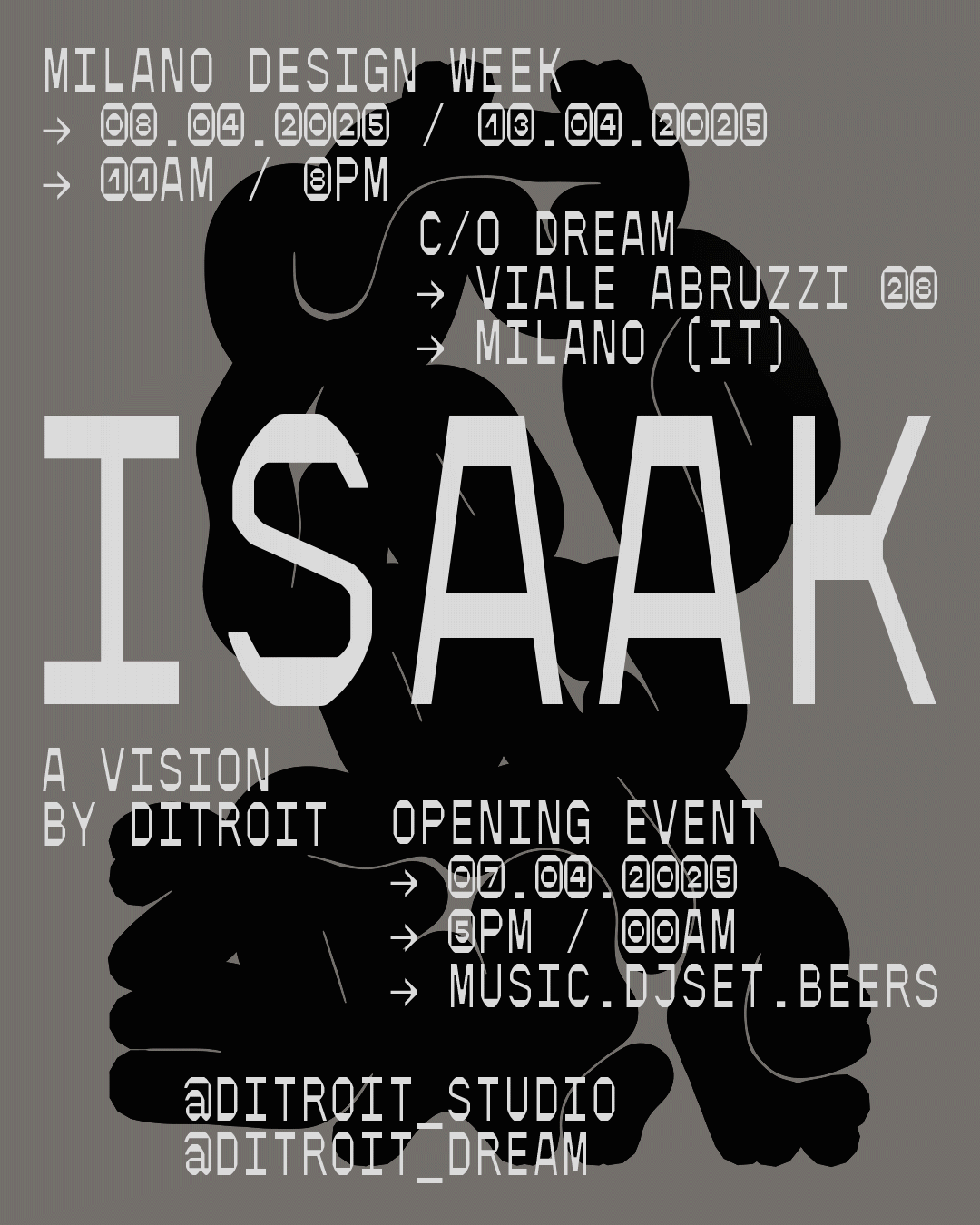
The tangible body of ISAAK is the latest-generation collaborative robot by ABB, engineered to work safely with humans in shared spaces. Endowed with two mechanical arms and featuring seven rotary axes, the robot was programmed to move with the grace and precision of a craftsman, pushing its capabilities to their expressive limit. This machine is acknowledged as one of the smallest and most agile collaborative robots on the market. Its intangible soul, instead, lies in the software system that processes the input and transforms it into drawings with a distinctive and personal style.
The performance unfolds in a clear and linear sequence: a webcam captures the visitor’s image, which is then processed by the software. The code generates several digital interpretations, one of which is selected and translated into vector coordinates. These are transmitted to the robot, which immediately executes the drawing on paper. The finished portrait is then given to the participant.
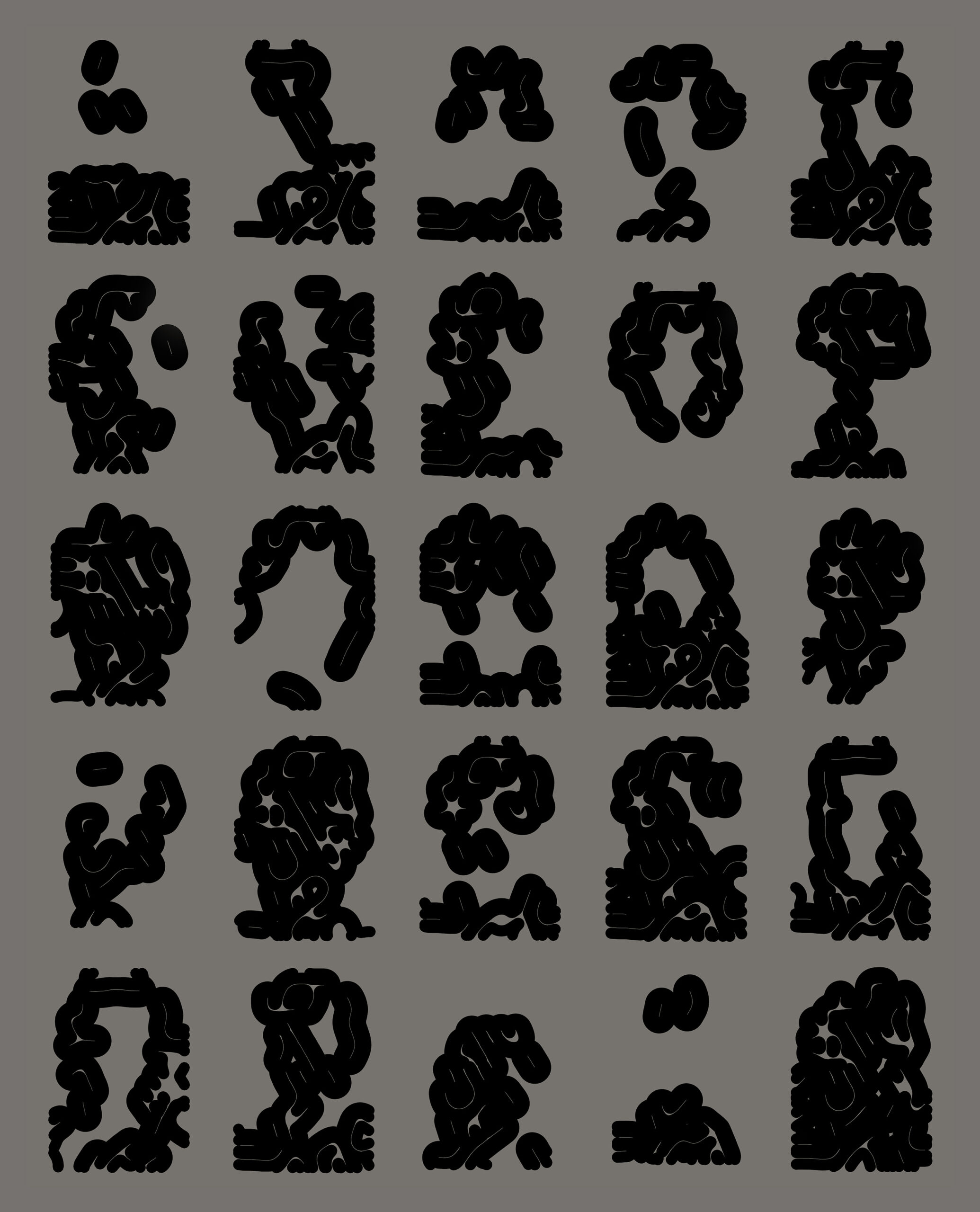
ABB chose to team up with Ditroit for its poetic intuition: the ability to turn an automated executor into a true creative partner, merging analytical precision with emotional depth.
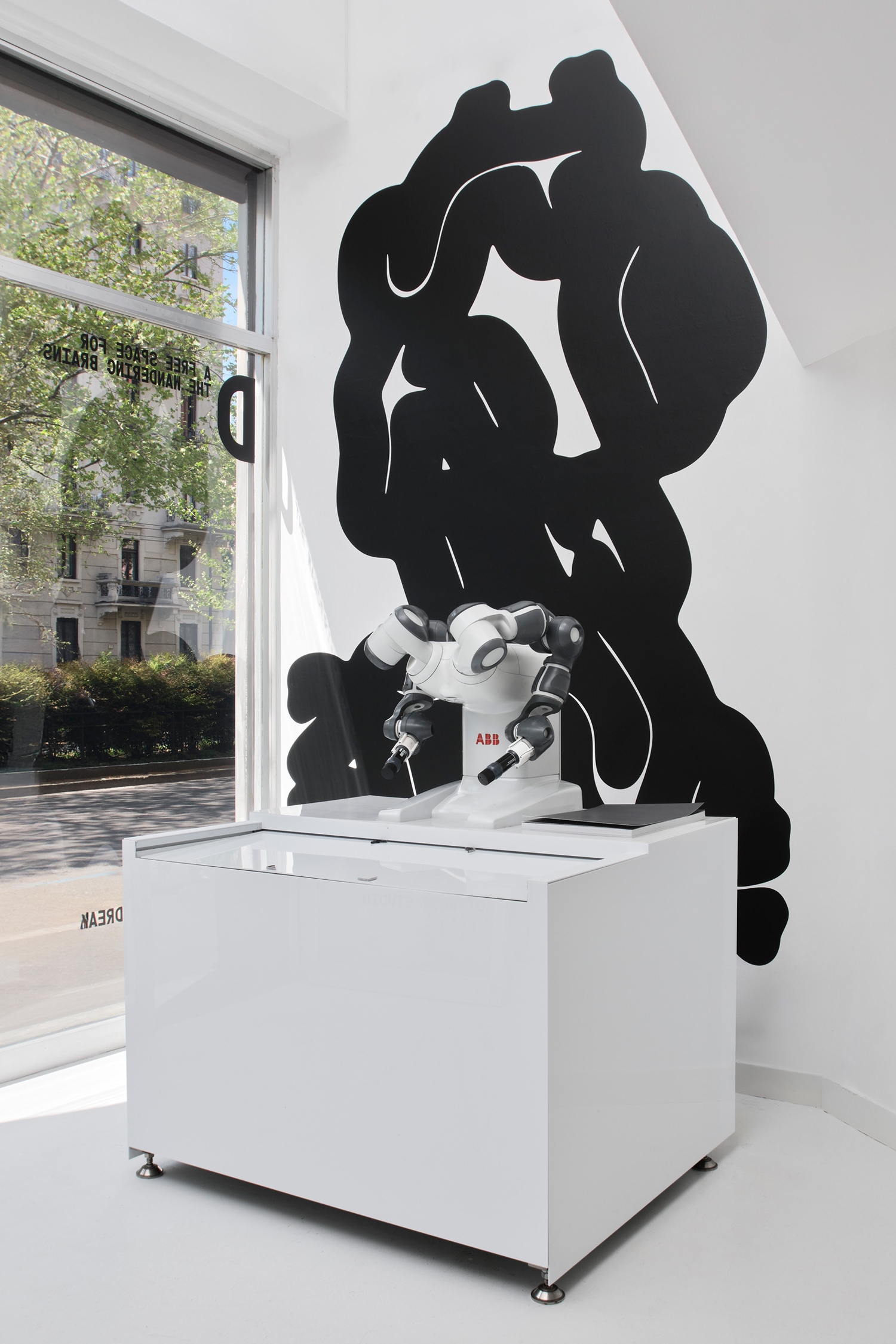
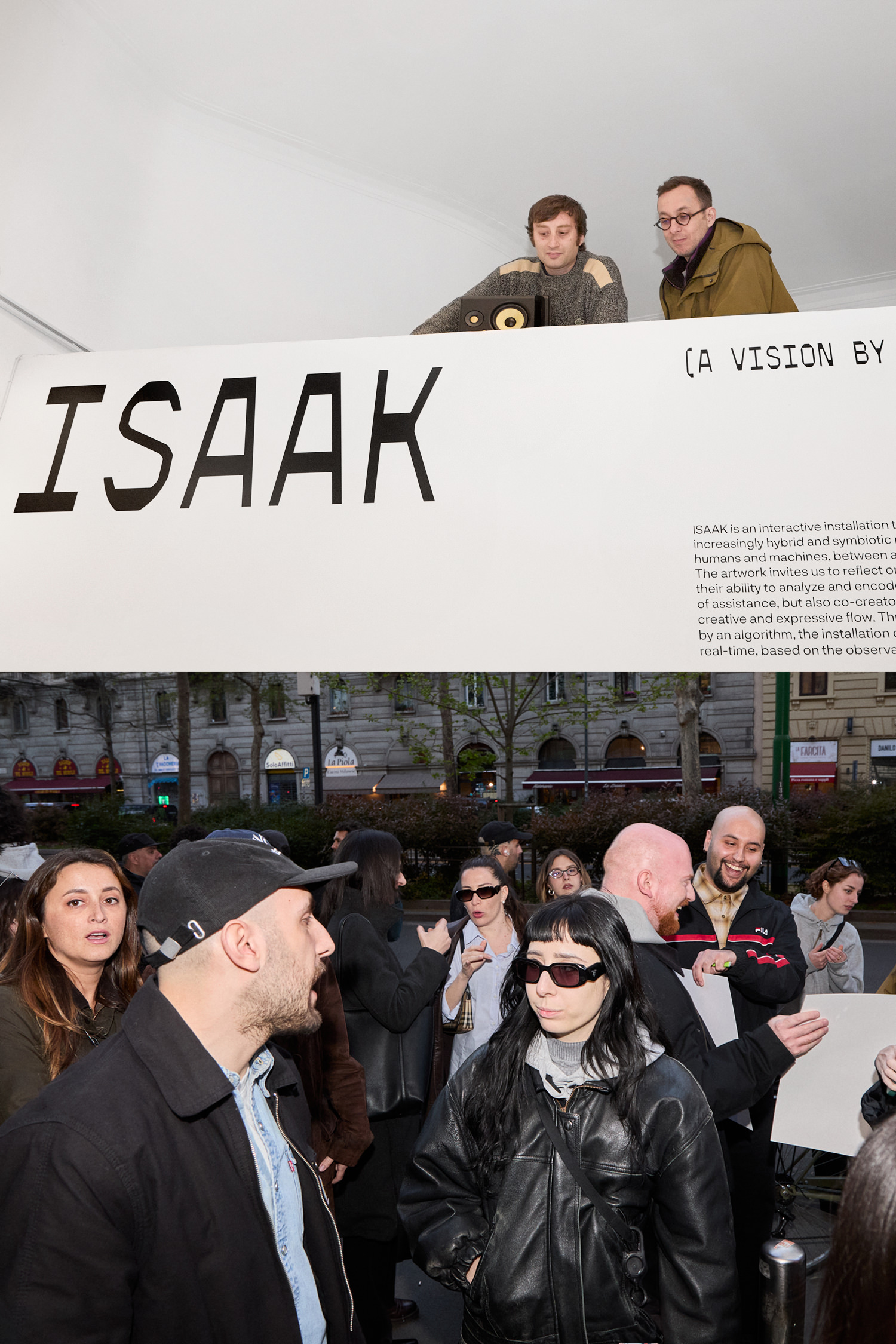
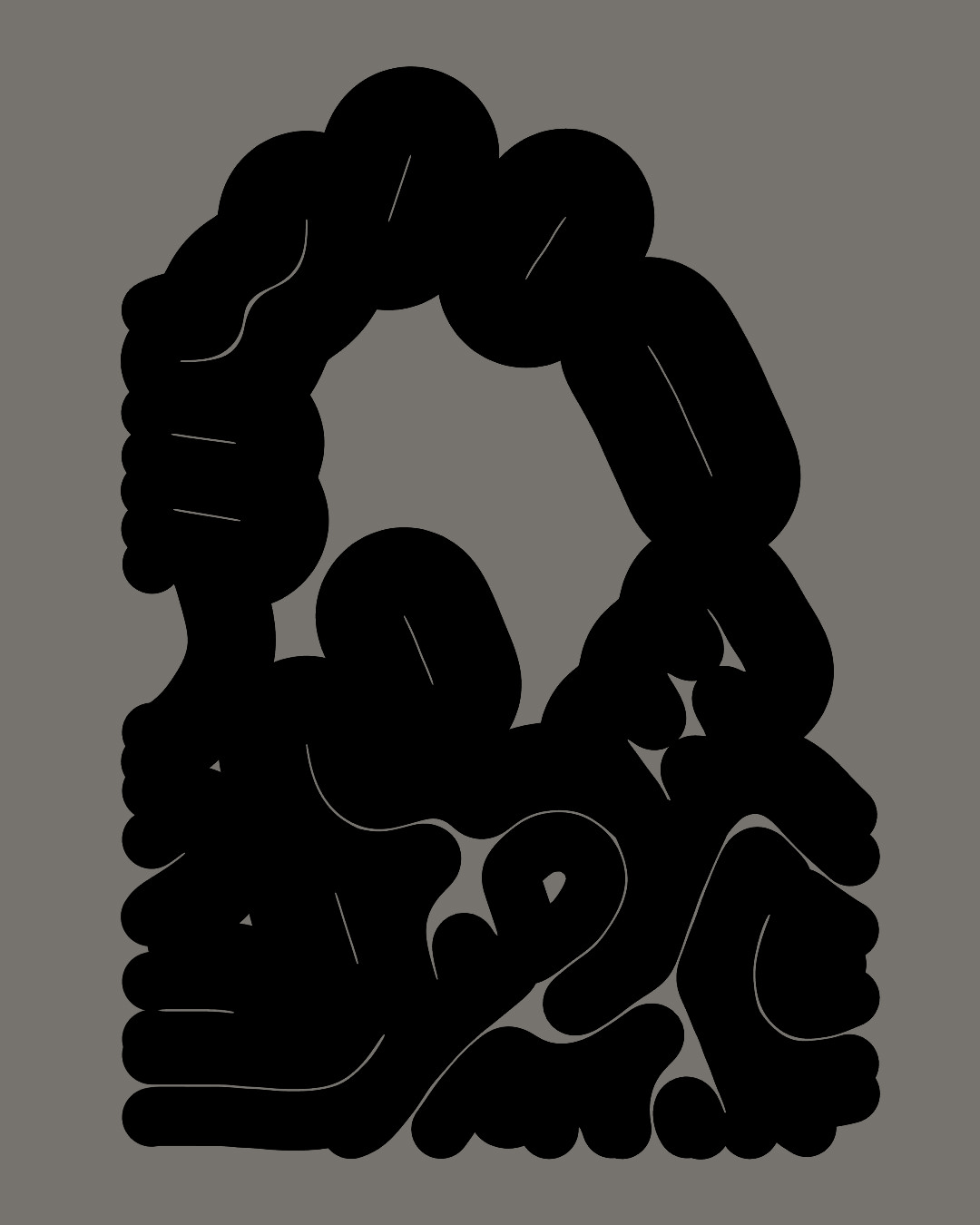
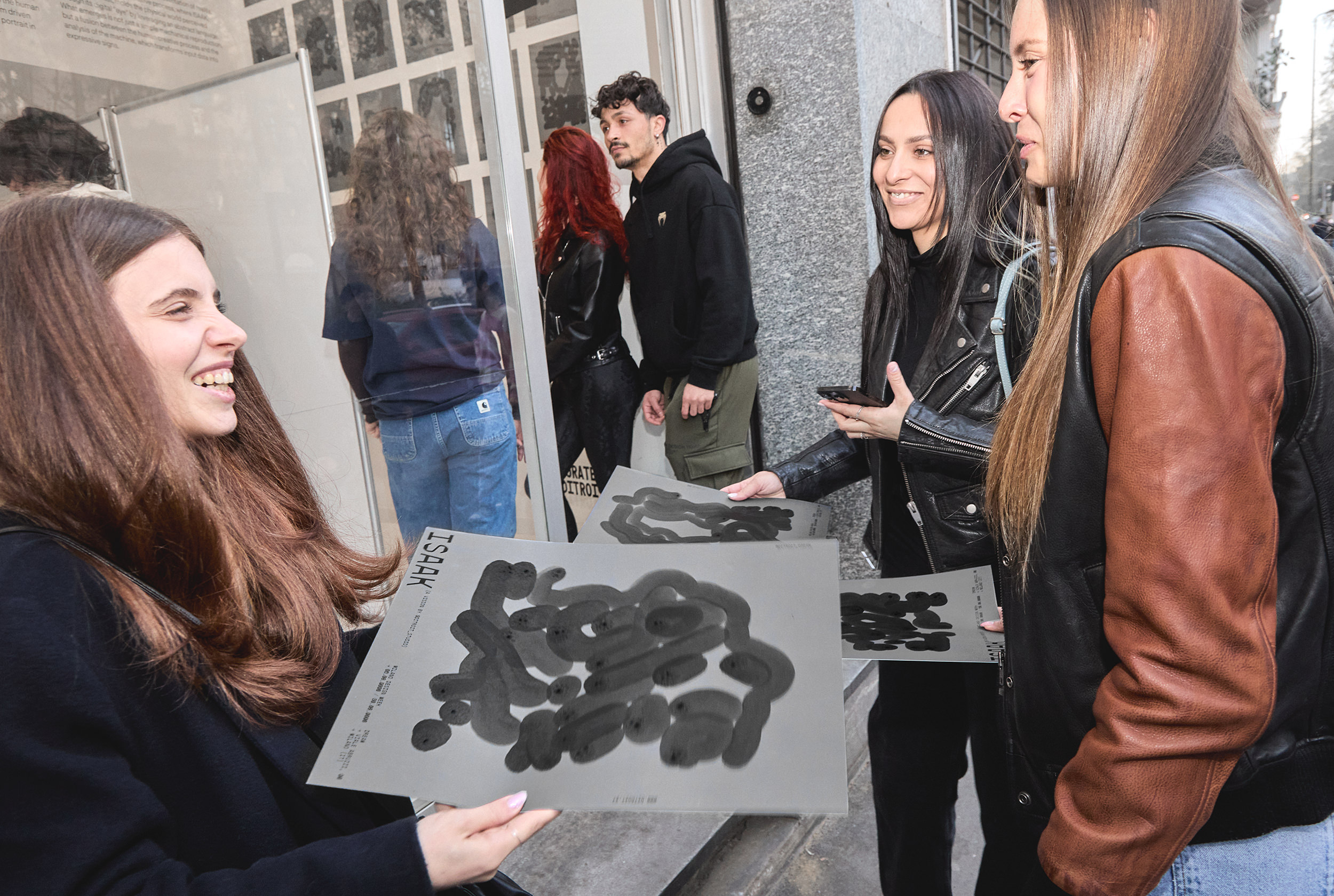
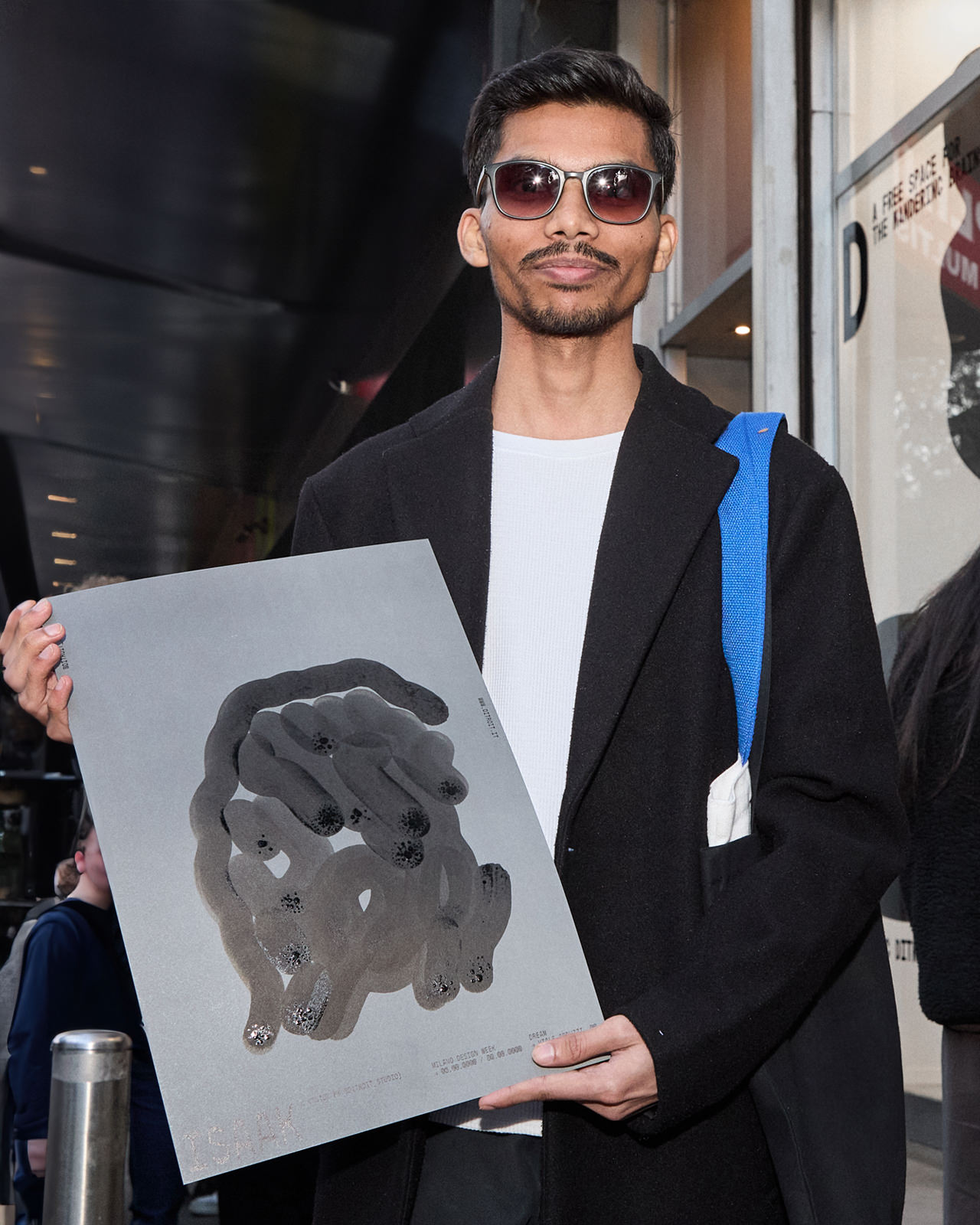
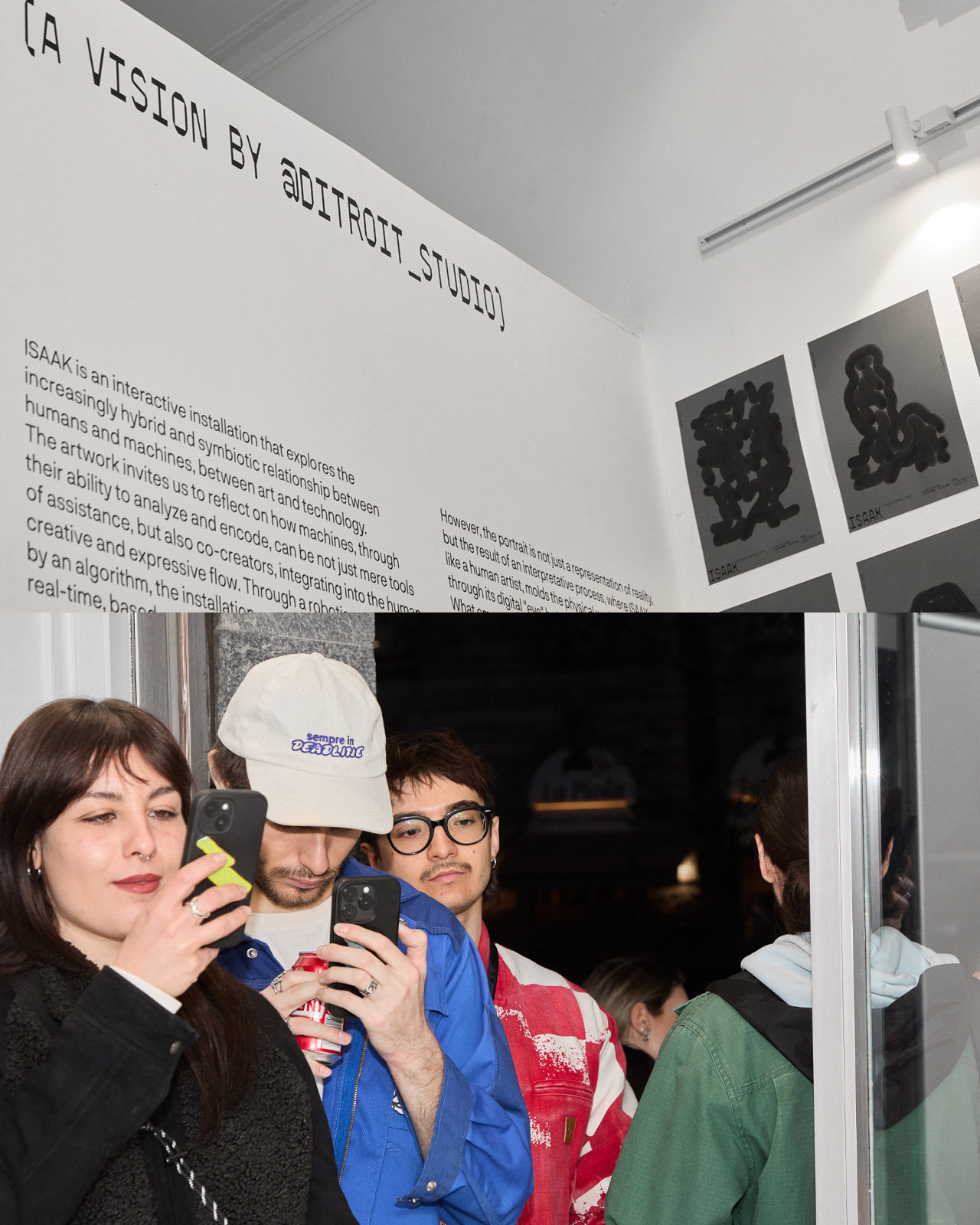
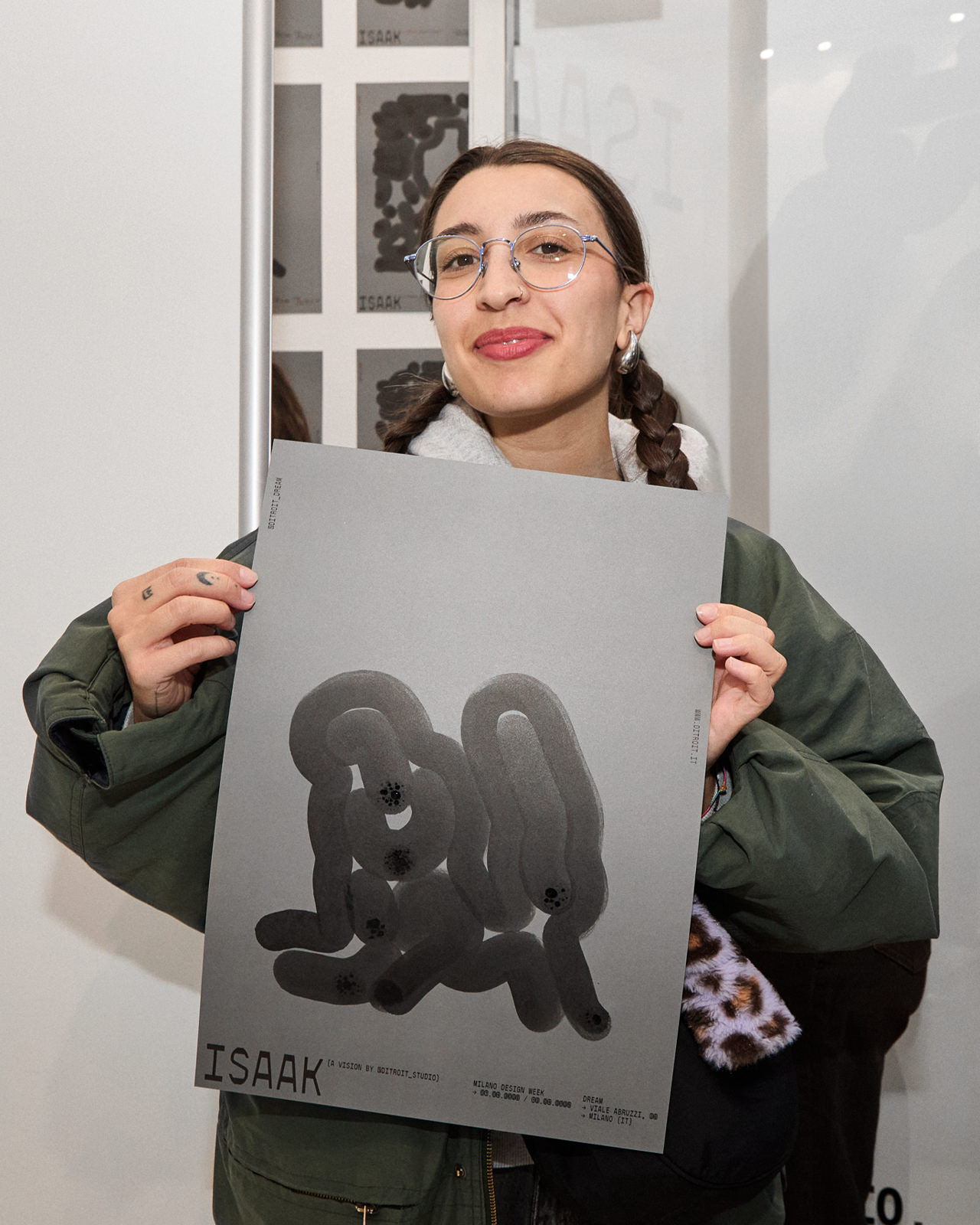
 Process
ProcessDeveloped through the integration of three software environments, ISAAK allows instant interaction, data processing, and analog drawing output, all at the touch of a single button.
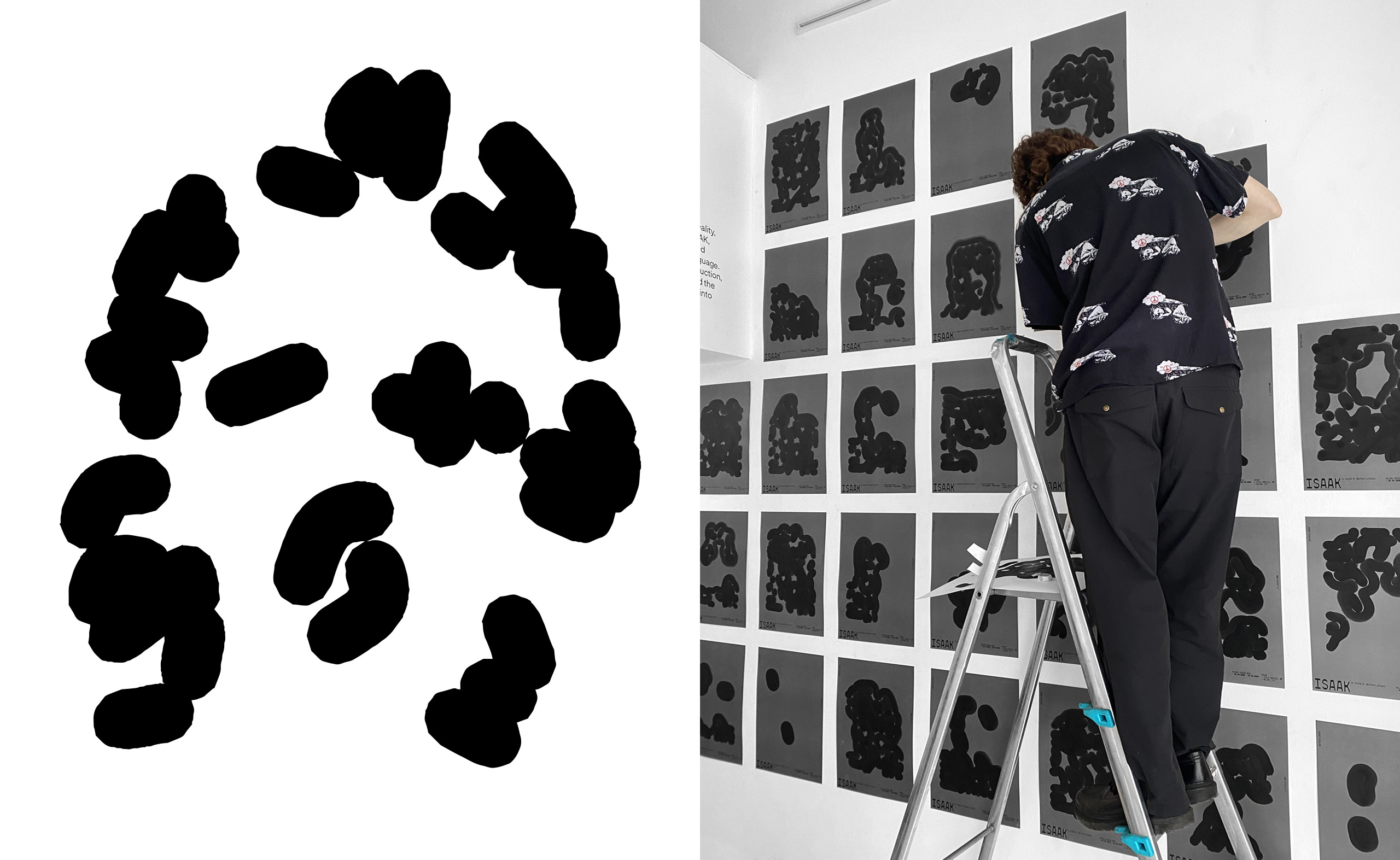
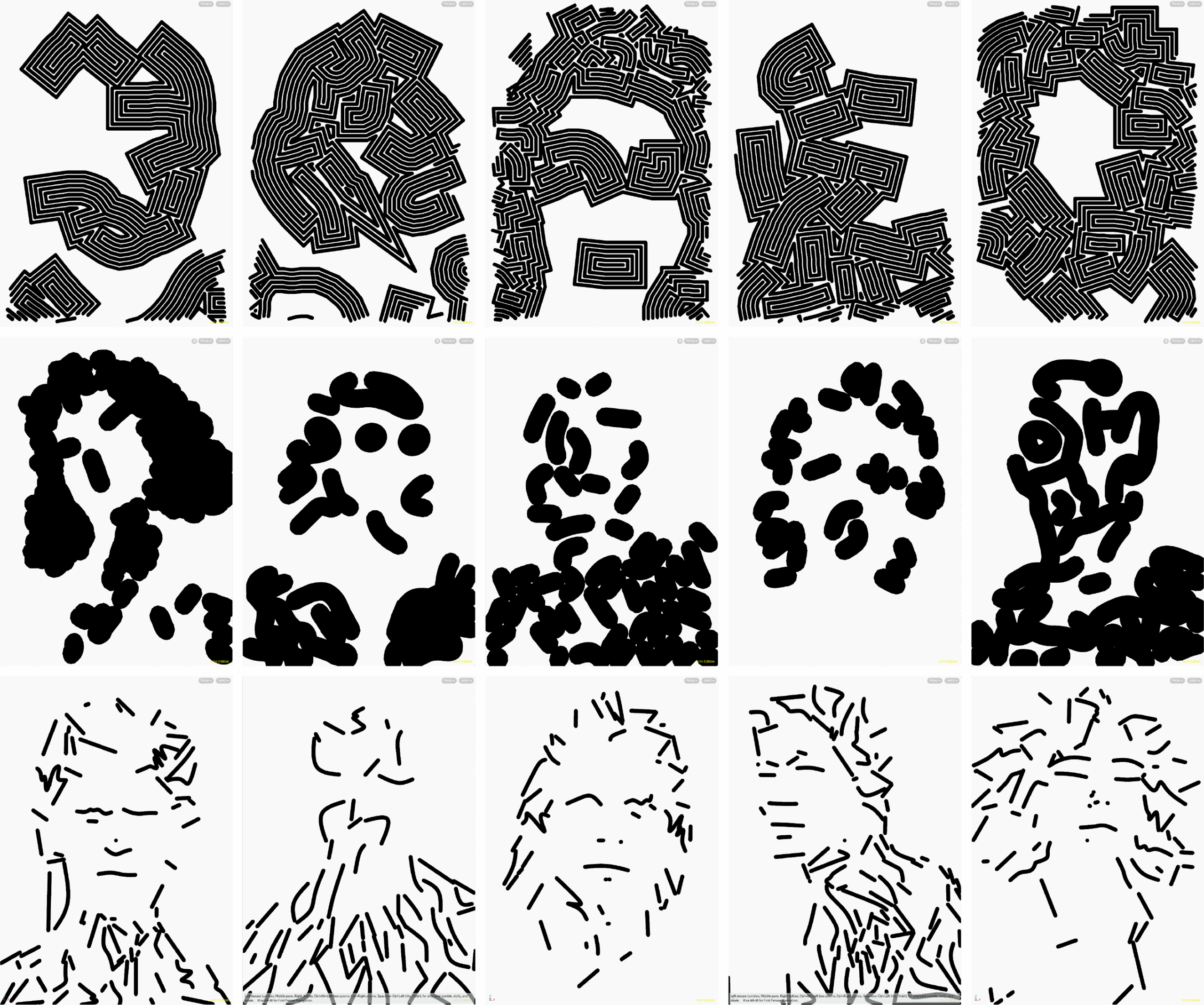
In its R&D phase, the project relied on a rare dialogue between three software ecosystems, a synchronized effort to tame the friction between digital control and analog immediacy.
A major challenge was balancing the graphic level of detail, the intended degree of abstraction, and the technical limits of the tools (markers on paper, guided by a robotic arm sensitive to surface feedback).
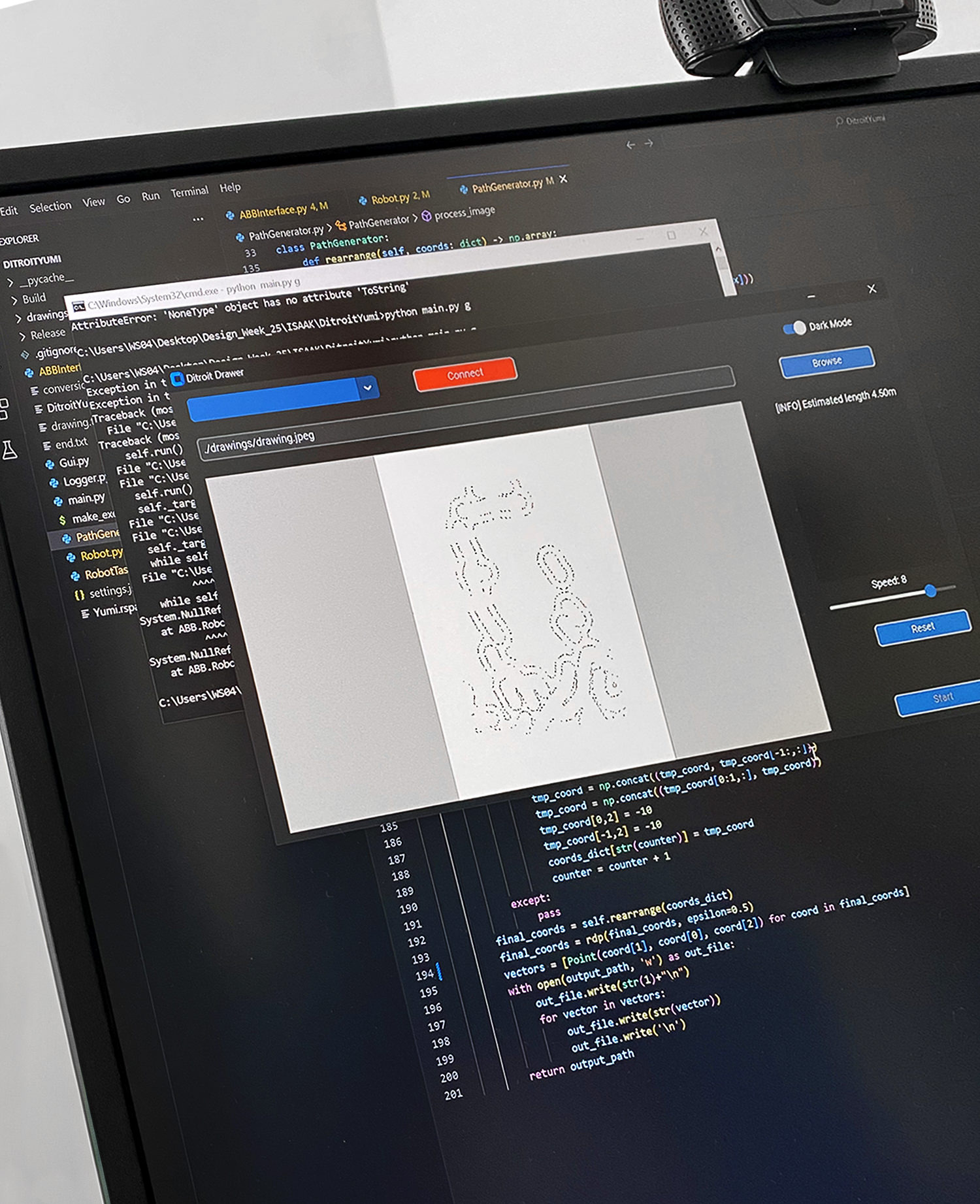
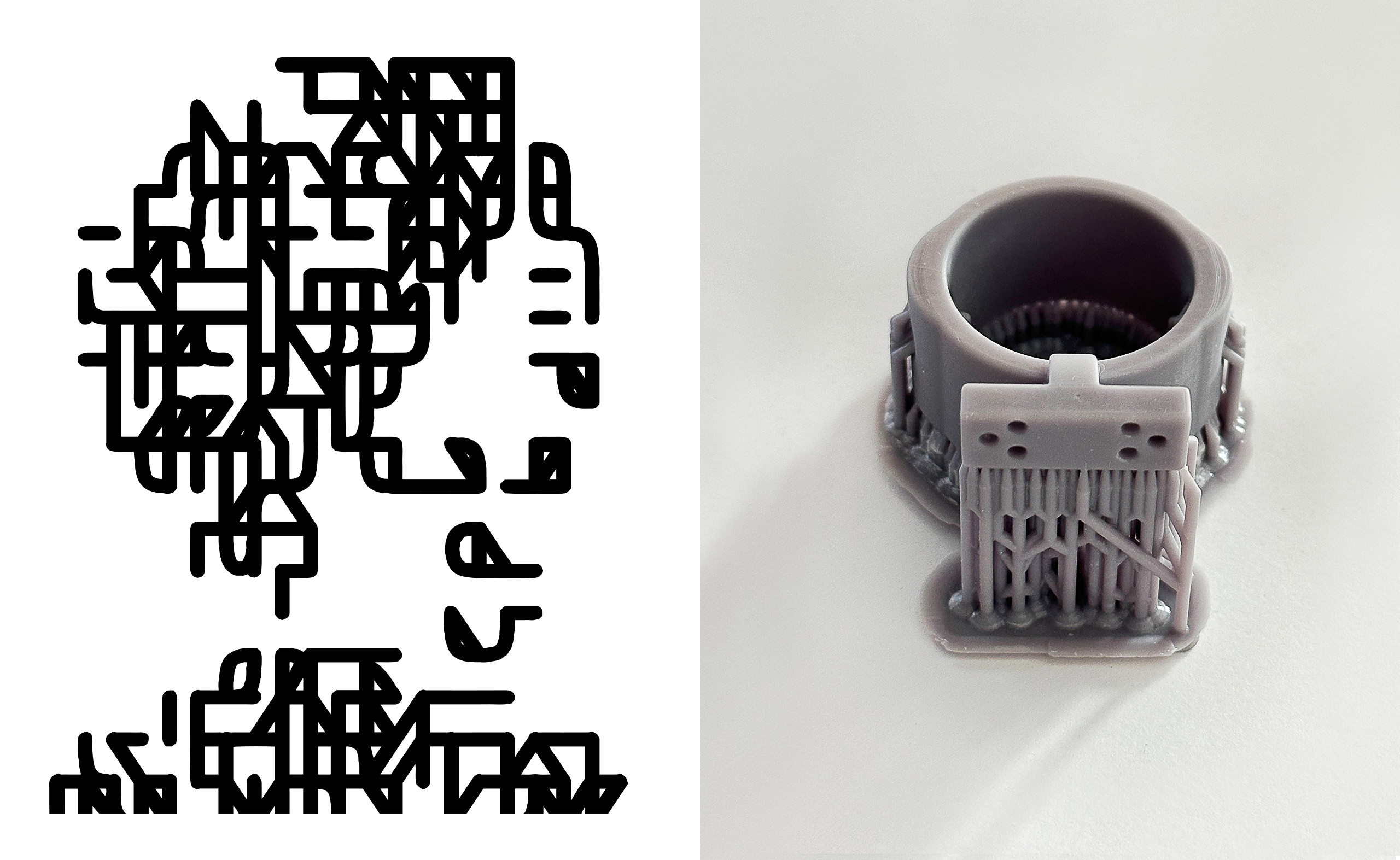
This section unveils a broad series of digital tests developed over the previous months, exploring a range of drawing styles—from pencil to pen to marker. As an interesting side note, we even ventured into 3D printing, prototyping one of the custom components designed to fasten the marker onto the robotic arm.
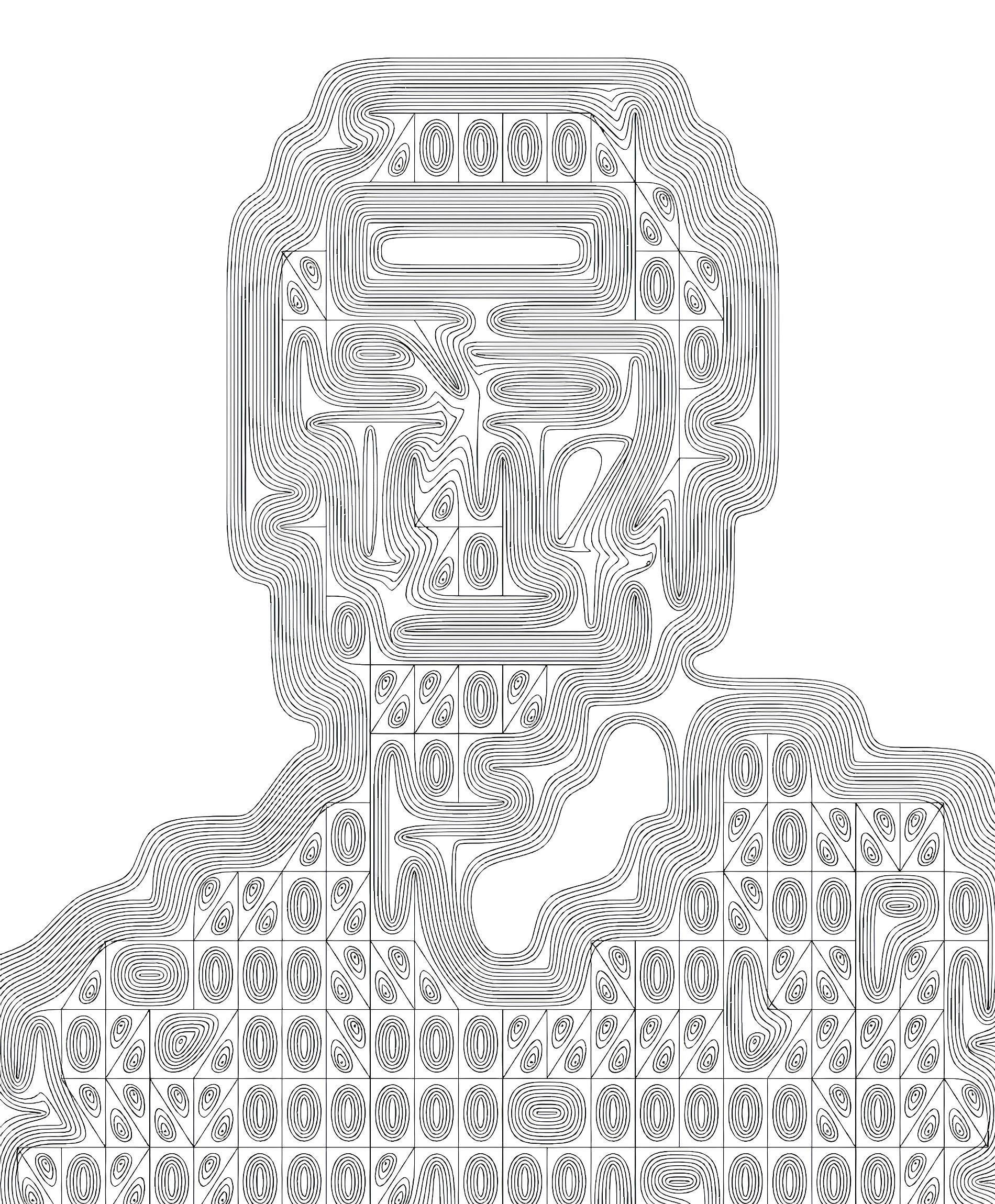
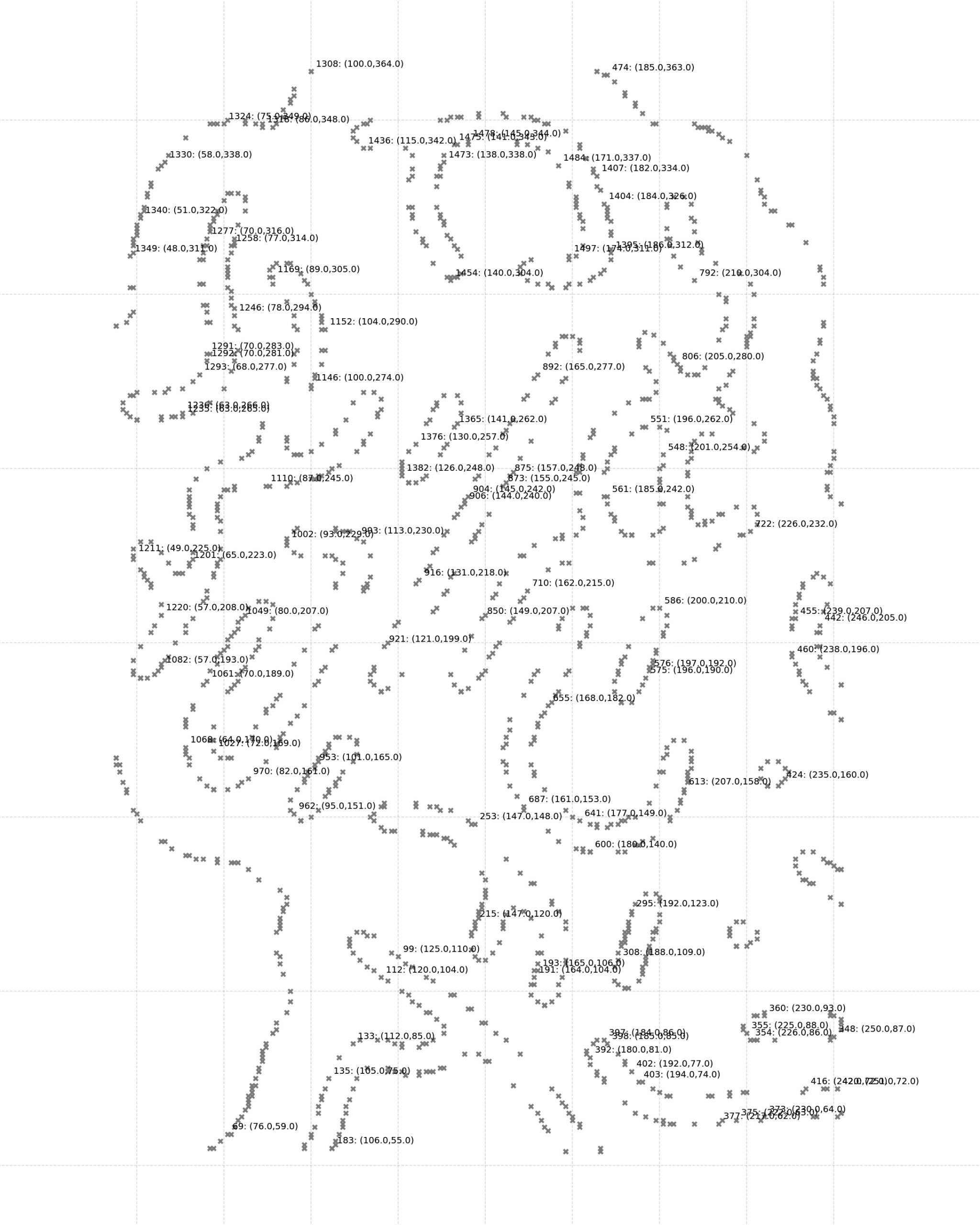
In the end, the live installation generated over 800 portraits, each delivered to its subject, shaping an ever-evolving dialogue between artistic creation and automation.
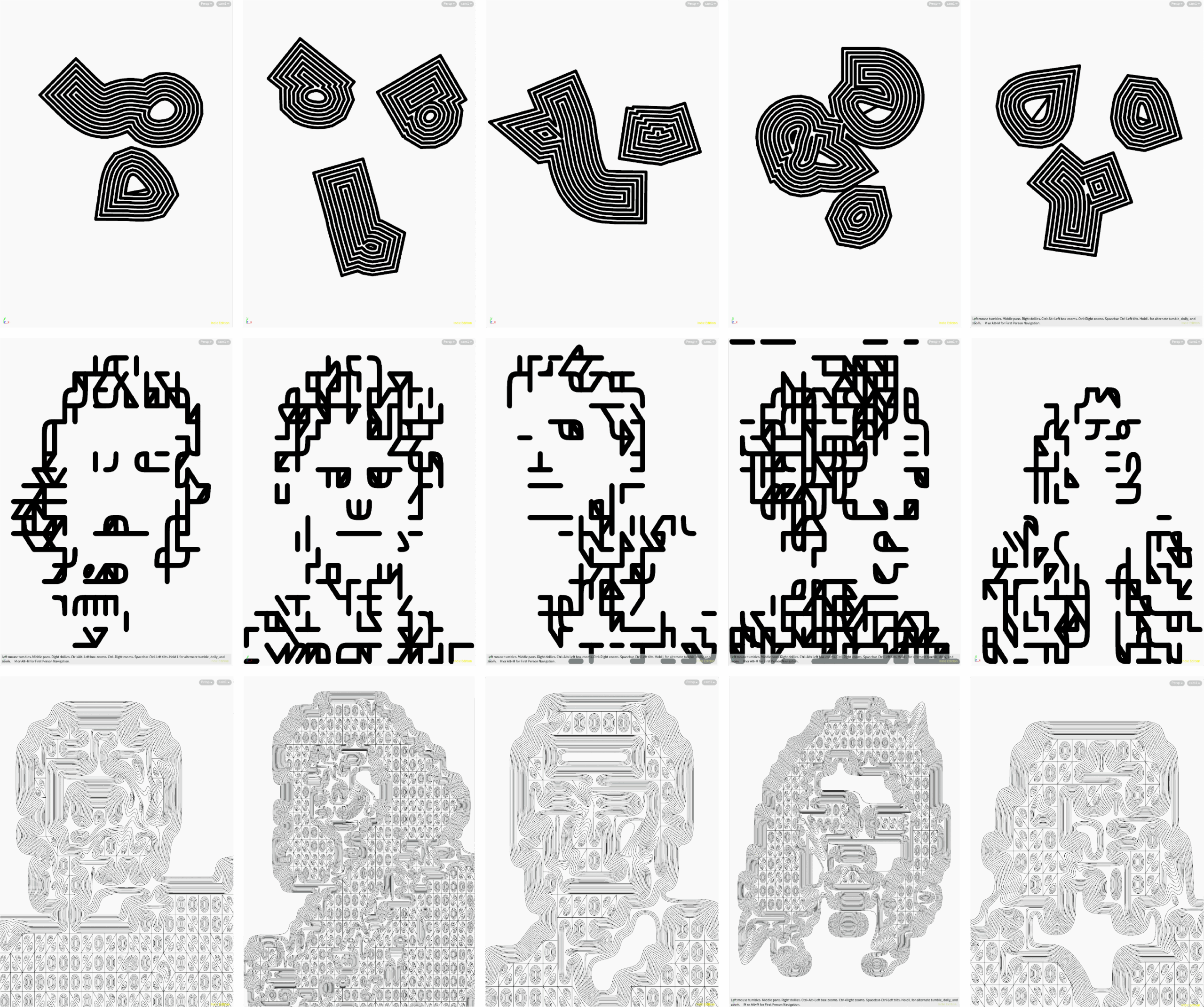
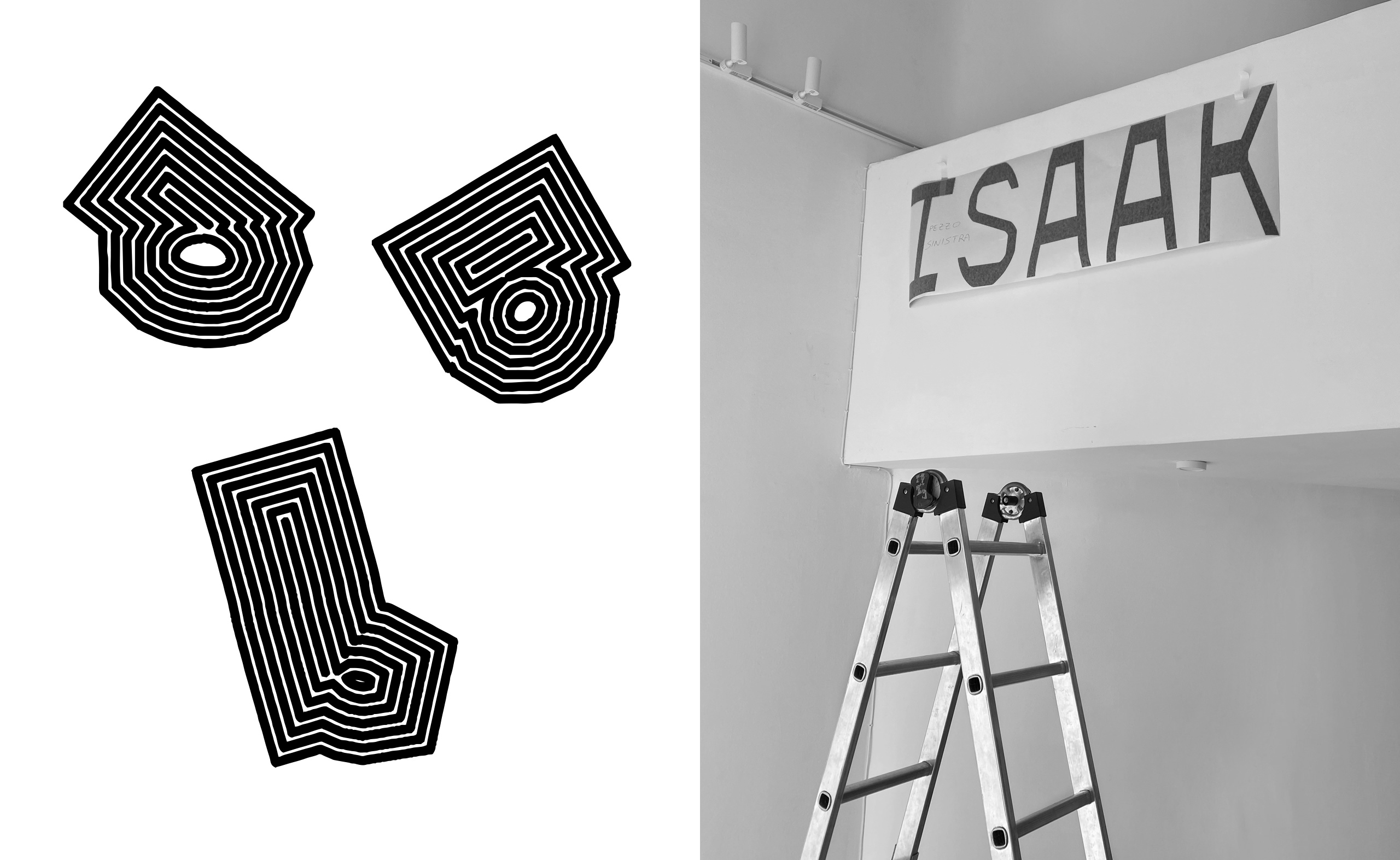
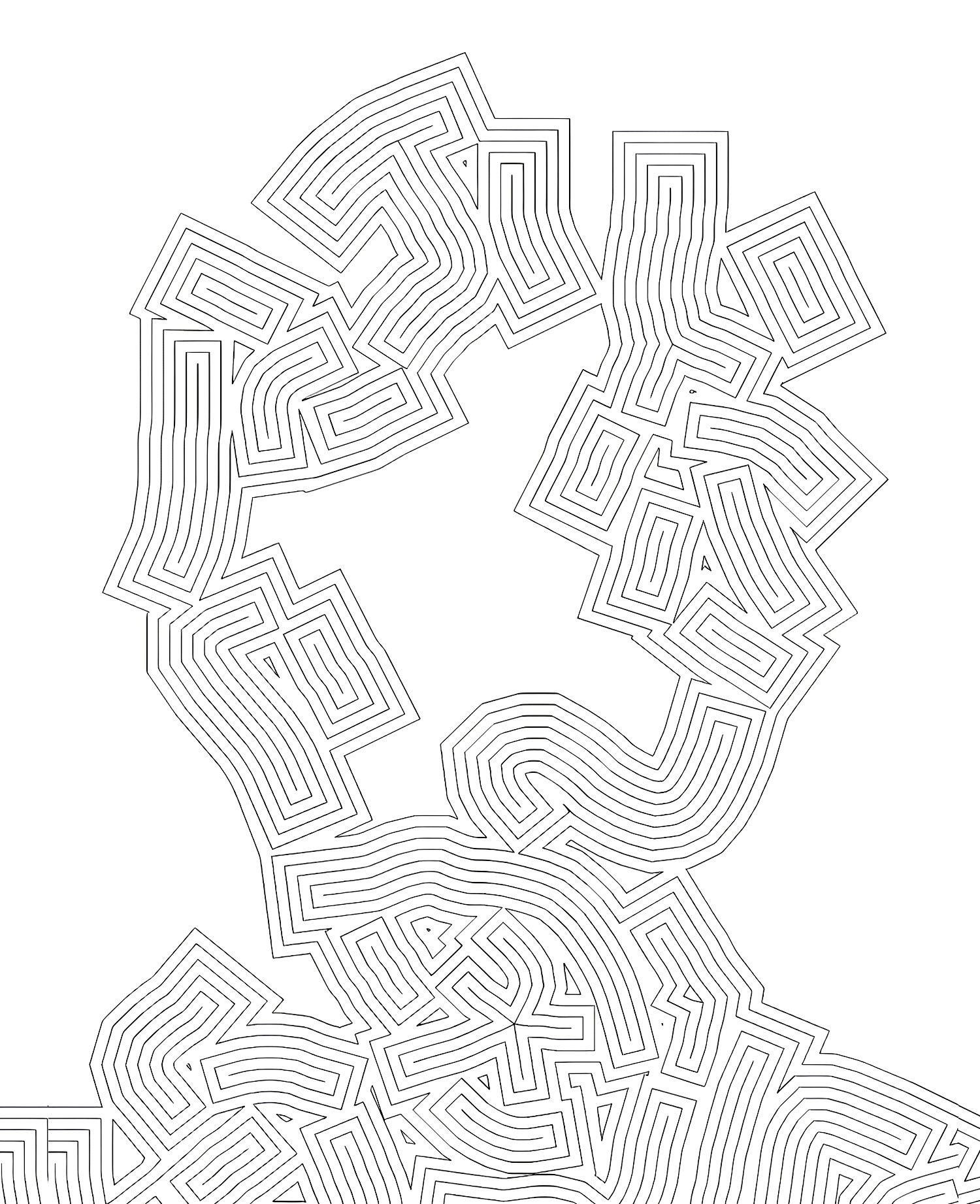
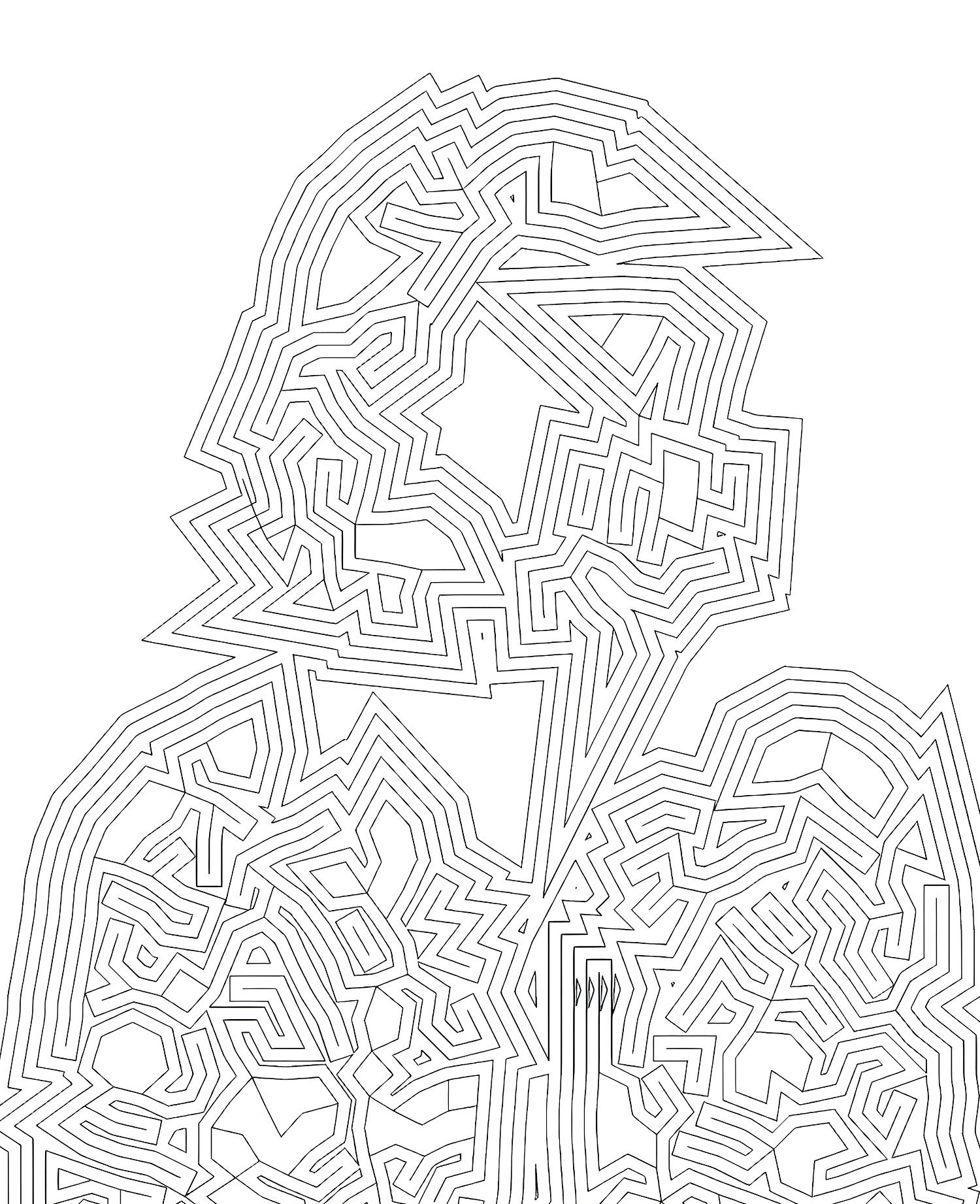
↓ Credits


